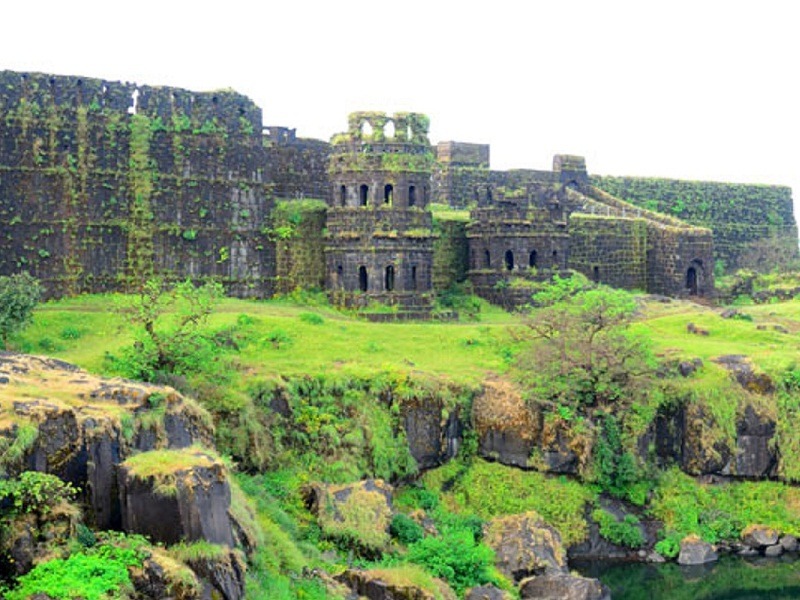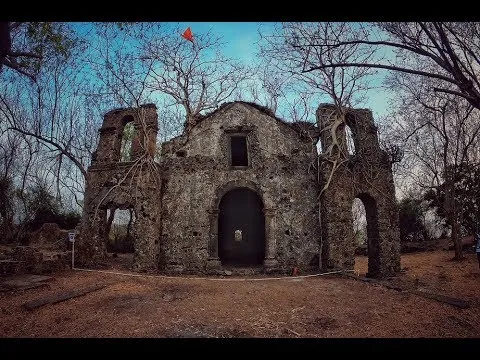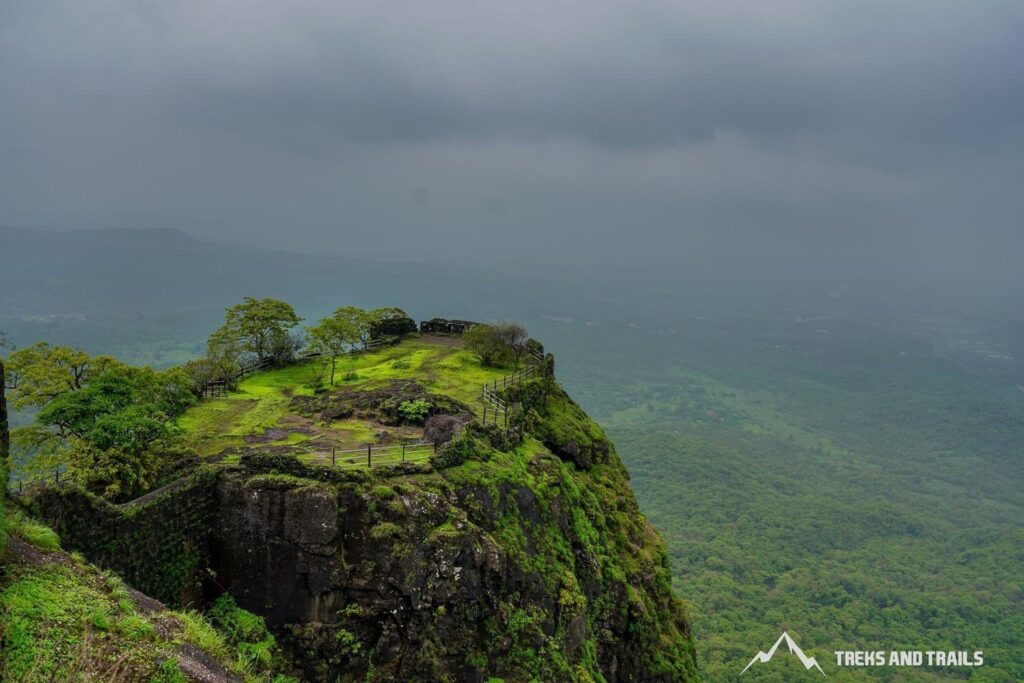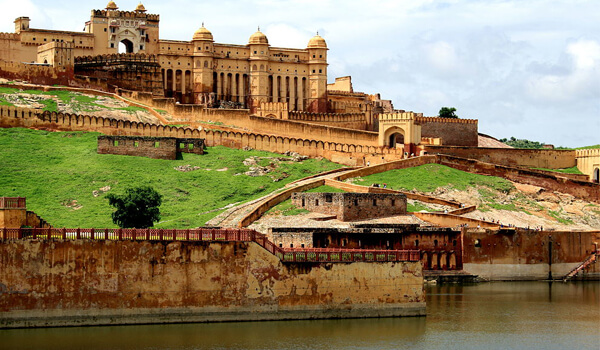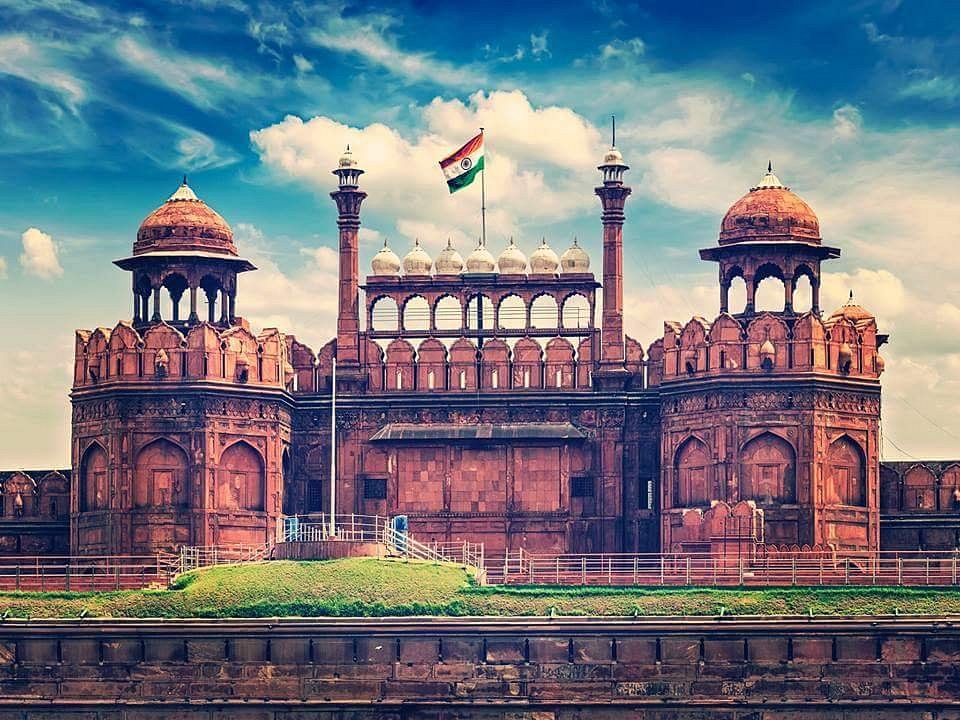Introduction: Perched atop a rugged hill in the Sahyadri mountain range of Maharashtra, India, the Raygad Fort stands as a symbol of strength, resilience, and rich cultural heritage. With a history spanning over centuries, this imposing fortress has witnessed the rise and fall of empires, the triumphs and struggles of countless warriors, and the echoes of bygone eras. In this comprehensive exploration, we embark on a journey through time to uncover the captivating story of the Raygad Fort, delving into its architecture, historical significance, and enduring legacy.
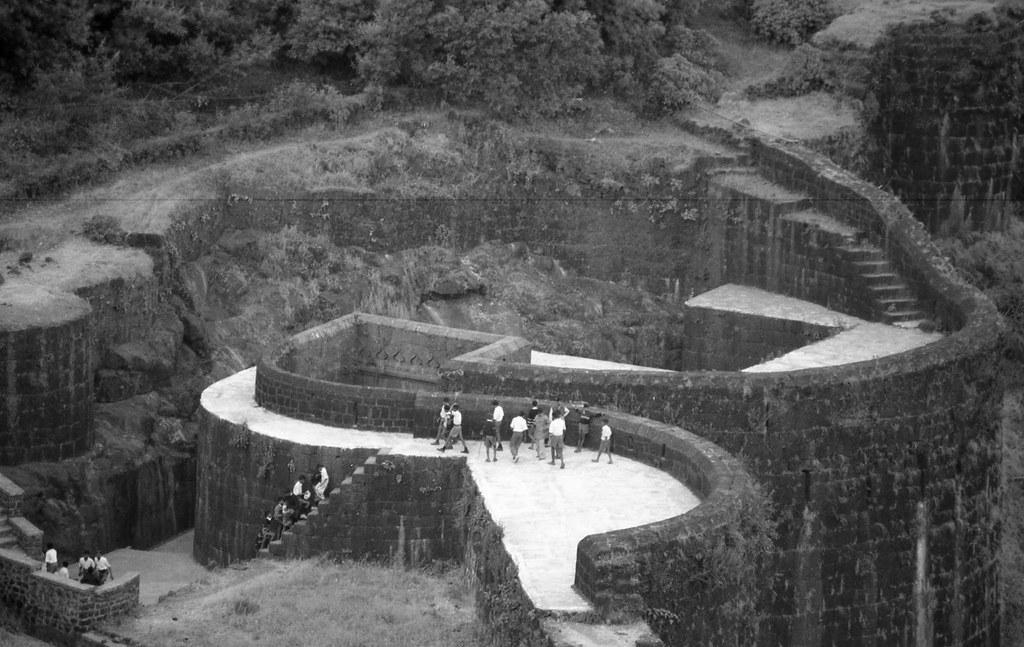
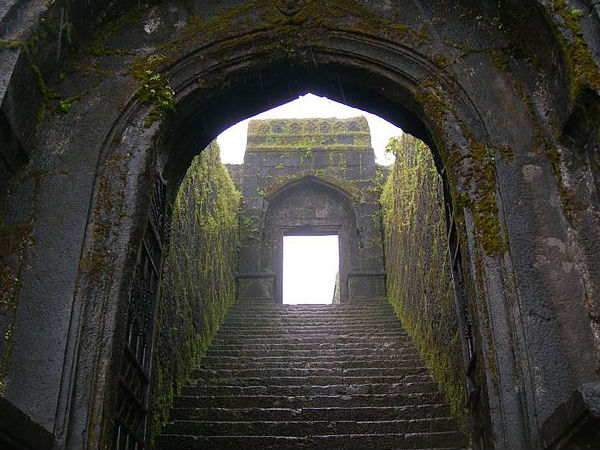

- Origins and Early History:
- The earliest mentions of Raygad date back to the 15th century, during the reign of the Bahmani Sultanate.
- Initially constructed as a simple fortification, Raygad gained prominence under the rule of the Maratha Empire in the 17th century.
- Shivaji Maharaj, the legendary Maratha king and military strategist, recognized the strategic importance of Raygad and undertook extensive renovations to fortify its defenses.
- Under Shivaji’s command, Raygad evolved into a formidable stronghold, serving as the capital of the Maratha Empire for several decades.
- Architectural Marvels:
- The layout of Raygad Fort reflects the ingenuity and engineering prowess of its builders. The fort’s complex design incorporates natural terrain features, such as cliffs and ravines, to enhance its defensive capabilities.
- Raygad is renowned for its massive walls, which stretch over several kilometers and are punctuated by imposing gateways and bastions.
- The fort’s inner precincts contain a network of courtyards, reservoirs, and residential quarters, providing insights into the daily life of its inhabitants.
- One of Raygad’s most iconic features is its majestic main entrance, known as the Maha Darwaja. This grand gateway is adorned with intricate carvings and fortified by massive doors, symbolizing the fort’s formidable reputation.
- Historical Significance:
- Raygad played a pivotal role in the Maratha resistance against Mughal and European powers during the 17th and 18th centuries.
- The fort’s strategic location allowed Shivaji and his successors to launch successful military campaigns against invading forces while safeguarding their territories.
- Raygad also served as the site of significant historical events, including Shivaji’s coronation ceremony in 1674, which marked the establishment of the Maratha Empire.
- Despite several attempts by rival powers to capture Raygad, the fort remained unconquered for much of its history, symbolizing the indomitable spirit of the Maratha warriors.
- Legends and Folklore:
- The history of Raygad is intertwined with numerous legends and folklore, passed down through generations.
- One popular legend recounts the daring escape of Shivaji Maharaj from the fort in 1666, when he famously descended the steep cliffs using a rope ladder during a nighttime raid by the Mughal forces.
- Another legend tells of the valiant defense of Raygad by Tanaji Malusare, a trusted lieutenant of Shivaji, during the Battle of Sinhagad in 1670. Tanaji’s heroic sacrifice inspired generations of Maratha warriors and is celebrated to this day.
- Legacy and Cultural Heritage:
- Today, Raygad Fort stands as a testament to Maharashtra’s rich cultural heritage and serves as a popular tourist destination, attracting visitors from around the world.
- The fort’s well-preserved structures and panoramic views of the surrounding landscape offer visitors a glimpse into the region’s storied past.
- Raygad’s annual celebrations, including the vibrant Shiv Jayanti festival commemorating Shivaji Maharaj’s birth anniversary, showcase the enduring legacy of the Maratha Empire and its lasting impact on Indian history.
Conclusion: The Raygad Fort stands as a living testament to the resilience, ingenuity, and valor of the Maratha warriors who defended it against formidable odds. From its humble origins as a simple hill fort to its transformation into a sprawling citadel under Shivaji Maharaj’s rule, Raygad’s story is one of triumph over adversity and unwavering determination. As we marvel at its towering ramparts and intricate architecture, we are reminded of the enduring legacy of India’s rich cultural heritage and the indelible mark left by those who came before us.

